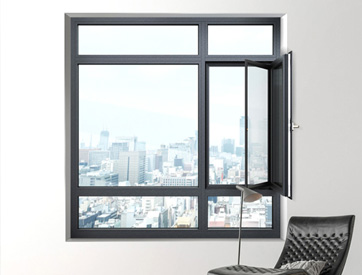Single and Double Hung Windows: The Eyes and Soul of Architecture
In architectural design, windows are not merely tools for ventilation and lighting; they serve as a medium for dialogue between architecture and nature. Single and double hung windows, as common window types in modern architecture, play a significant role in architectural aesthetics and space creation with their unique design language and practical functions.
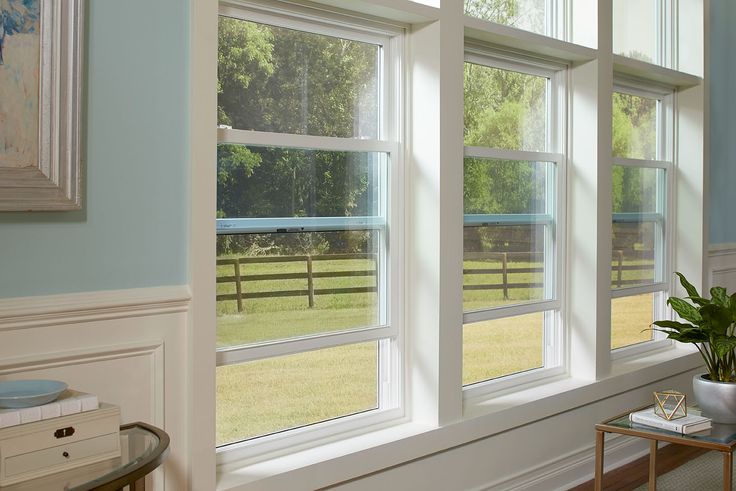
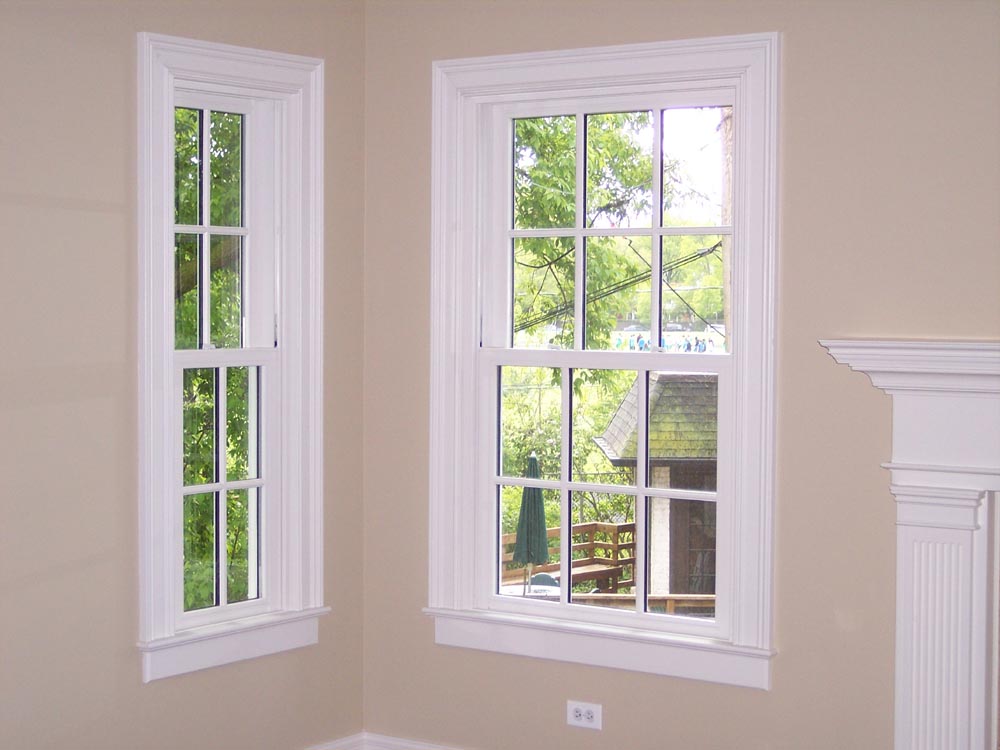

The Technical Beauty of Single and Double Hung Windows
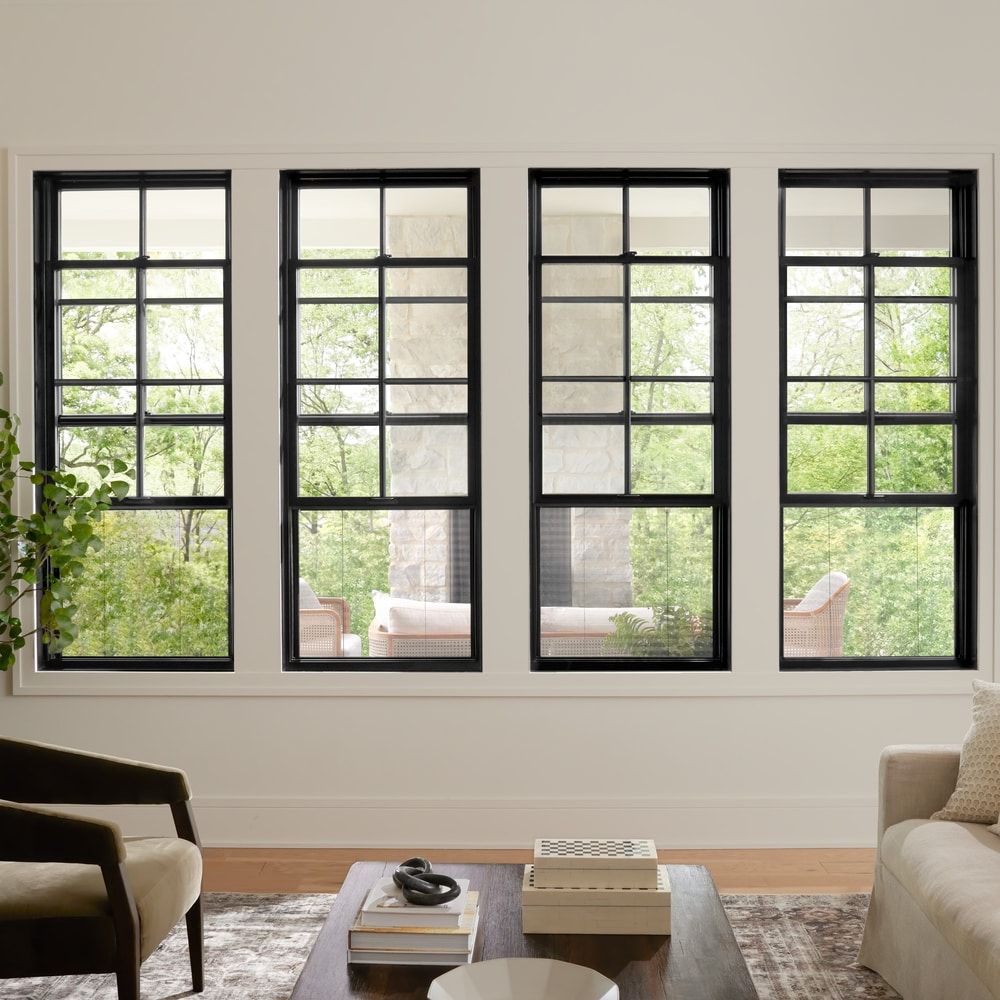
Single hung windows utilize a single-axis rotation design, allowing the sash to tilt for ventilation. This design ensures effective airflow while preventing rainwater from entering, making it particularly suitable for high-rise buildings. Double hung windows build upon this by adding adjustability, with both upper and lower sashes operable, enabling more precise ventilation control.
From a technical perspective, the mechanical structure of single and double hung windows embodies the essence of engineering aesthetics. Precision hardware, smooth operation tracks, and stable load-bearing systems all showcase the precision and elegance of modern industrial design.

The Art of Space Creation
Single and double hung windows create rich spatial layers through their unique opening mechanisms. The tilted opening of single hung windows forms dynamic spatial interfaces, creating a subtle interplay between indoor and outdoor spaces. Double hung windows, with their various opening combinations of upper and lower sashes, offer diverse spatial expressions.
In terms of light manipulation, single and double hung windows exhibit unique charm. The tilted sashes refract natural light into soft curtains of illumination, adding a lively atmosphere to interior spaces. This lighting effect not only enhances spatial quality but also creates a distinctive emotional experience.
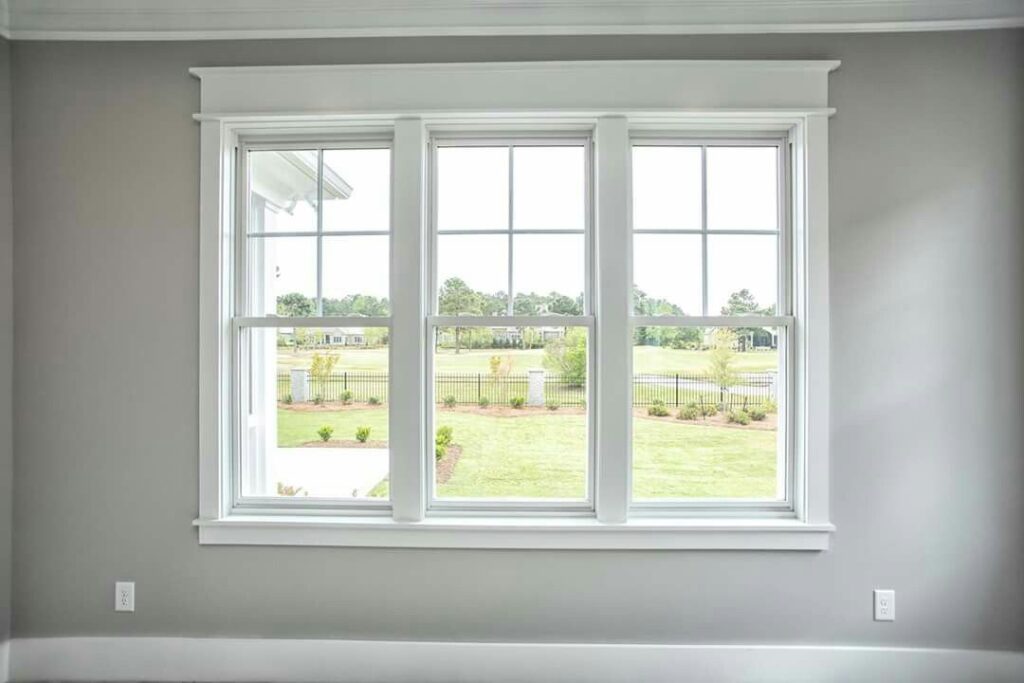
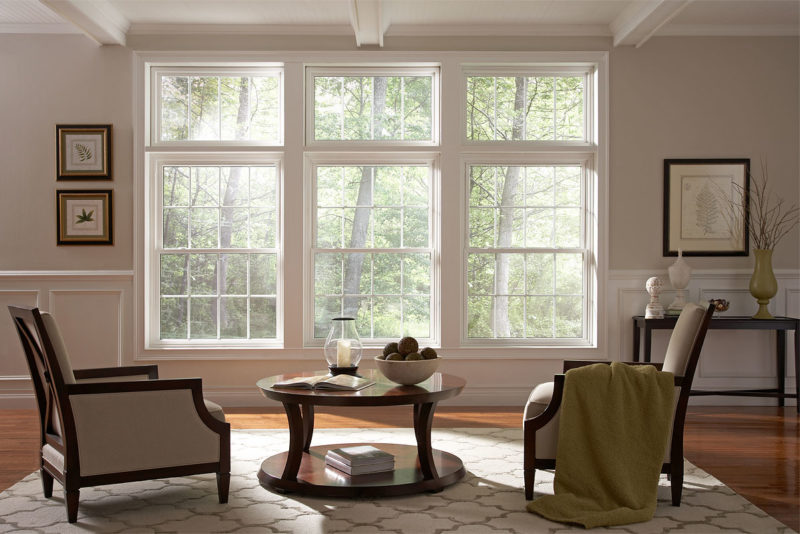
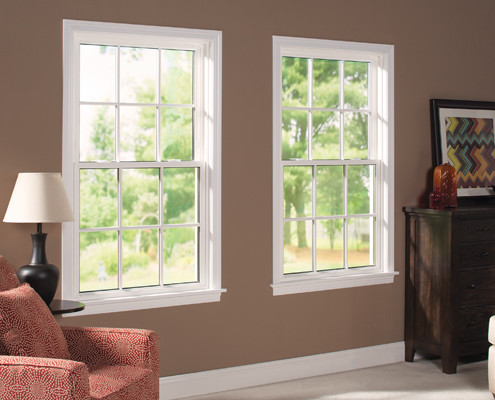
The Expression of Architectural Aesthetics
The clean lines of single and double hung windows perfectly complement modern architectural styles. Their regular geometric forms harmonize with building facades, maintaining the integrity of the elevation while adding a dynamic expression to the architecture.
In balancing functionality and aesthetics, single and double hung windows demonstrate exceptional design intelligence. They meet practical needs such as ventilation, lighting, and views while, through thoughtful proportioning and detailing, become the focal points of building facades.
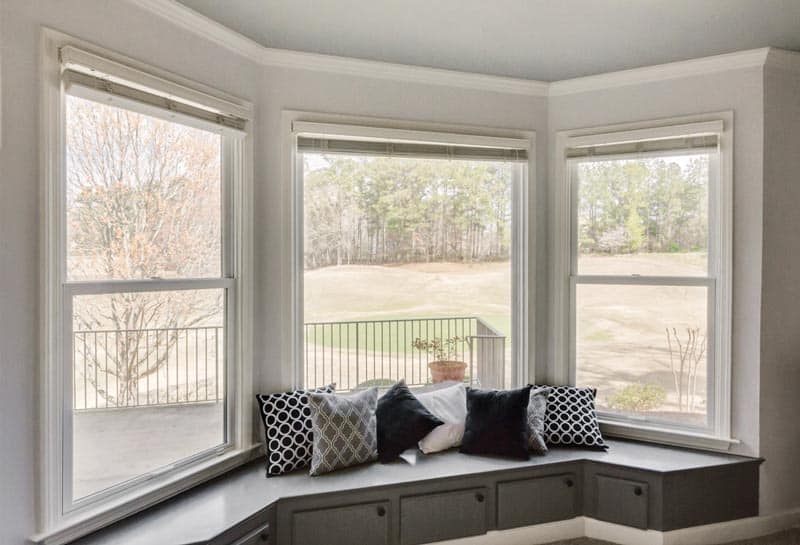
The design of single and double hung windows reflects the harmonious coexistence of architecture and nature. They are not only the “eyes” of a building but also bridges connecting indoor and outdoor spaces. In contemporary architectural design, single and double hung windows continue to interpret the dialogue between architecture and the environment with their unique technical beauty and spatial charm, adding infinite possibilities to modern architecture.
